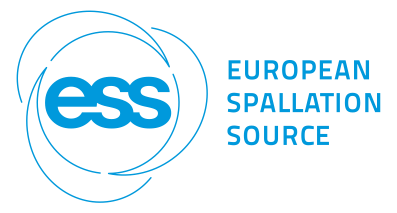Speaker
Dr
Christian Theis
(CERN)
Description
In 2011 the ActiWiz code was developed at CERN in order to optimize the choice of materials for accelerator equipment from a radiological point of view. Since then the code has been extended to allow for calculating complete nuclide inventories and provide evaluations with respect to radiotoxicity, inhalation doses, etc. Until now the software included only pre-defined radiation environments for CERN’s high-energy proton accelerators which were based on FLUKA Monte Carlo calculations.
Eventually the decision was taken to invest into a major revamping of the code. Starting with version 3 the software is not limited anymore to pre-defined radiation fields but within a few seconds it can also treat arbitrary environments of which fluence spectra are available. This has become possible due to the use of ~100 CPU years’ worth of FLUKA Monte Carlo simulations as well as the JEFF cross-section library for neutrons < 20 MeV.
Eventually the latest code version allowed for the efficient inclusion of 42 additional radiation environments of the LHC experiments as well as considerably more flexibility in view of characterizing also waste from CERN’s Large Electron Positron collider (LEP).
New fully integrated analysis functionalities like automatic evaluation of difficult-to-measure nuclides, rapid assessment of the temporal evolution of quantities like radiotoxicity or dose-rates, etc. make the software a powerful tool for characterization complementary to general purpose MC codes like FLUKA.
In this paper an overview of the capabilities will be given using recent examples from the domain of waste characterization as well as operational radiation protection.
Author
Dr
Christian Theis
(CERN)
Co-author
Dr
Helmut Vincke
(CERN)
